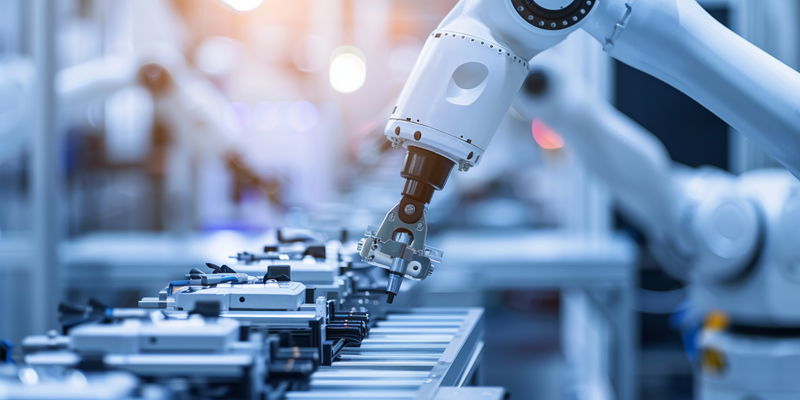Handling slippery and loosely shaped items such as bags and shrink-wrapped products presents unique challenges in the packaging industry. The demand for efficient, reliable, and cost-effective solutions is paramount. Addressing this need, Schmalz has unveiled the PSSG sack gripper—a new vacuum-grip solution designed to significantly enhance packaging operations.
Innovative Design Meets Operational Efficiency
The PSSG sack gripper is a testament to Schmalz’s commitment to innovation in packaging technology. Constructed with robustness in mind, it incorporates FDA-compliant materials that ensure safety and compatibility within food and pharmaceutical applications. Additionally, its design underscores sustainability—a defining principle in modern manufacturing. A distinctive feature of the PSSG is the easily replaceable gripping lip, which eliminates the use of adhesives by utilizing a screwable metal insert, thus promoting a longer lifespan of the sealing surface. This mindful design philosophy extends the gripping lip’s durability, effectively doubling its lifespan compared to traditional grip options, which frequently suffer from wear and tear due to the rough nature of packaging materials.
Aside from its durable construction, the PSSG gripper incorporates an NFC chip that simplifies maintenance procedures. This smart integration enables operators to quickly order spare parts or perform troubleshooting via a mobile device, reducing maintenance times and, more importantly, minimizing machine downtime. Schmalz’s commitment to user-friendly operation does not stop there; the gripper’s innovative structure ensures that it can adapt to a wide range of product shapes and surfaces without the need for time-consuming gripper changes during transitions between different packaging items.

